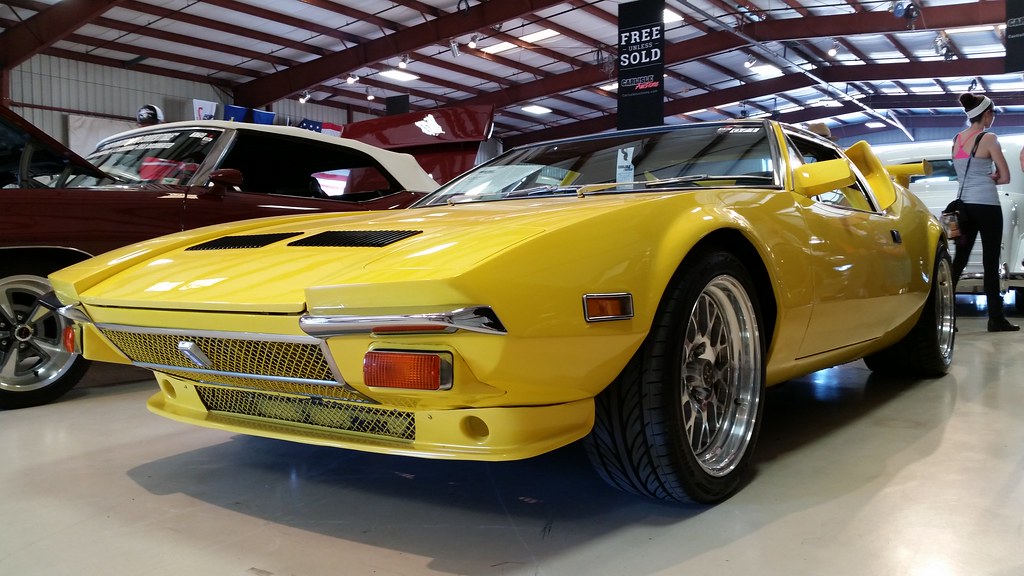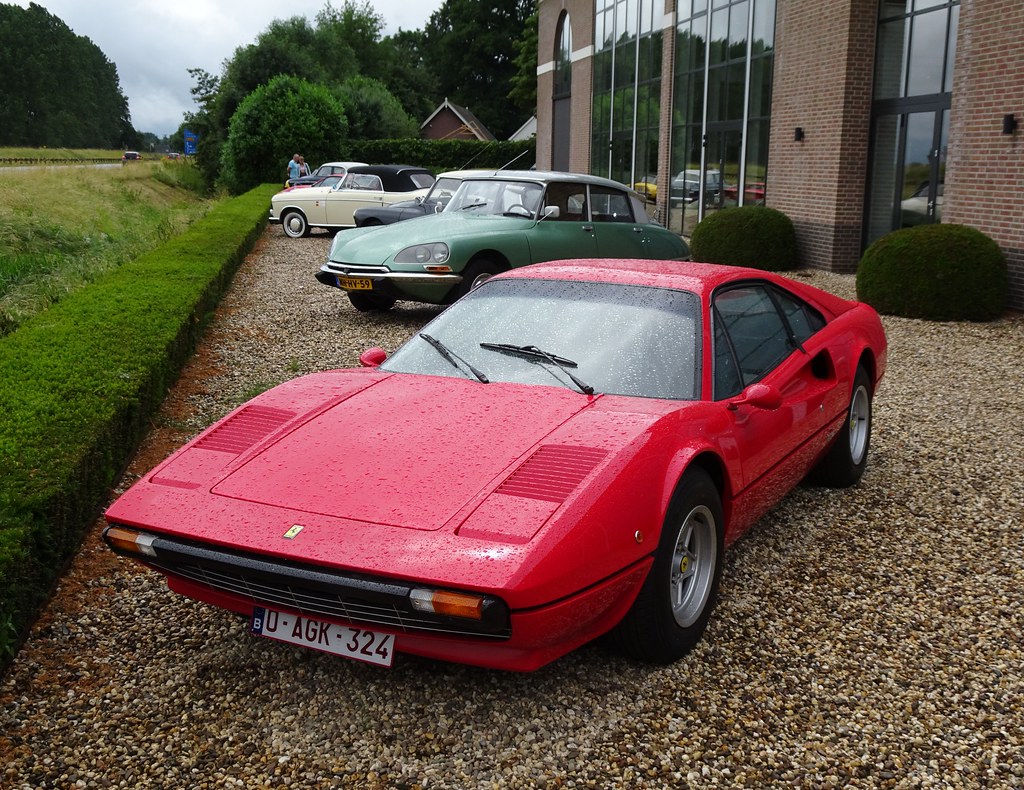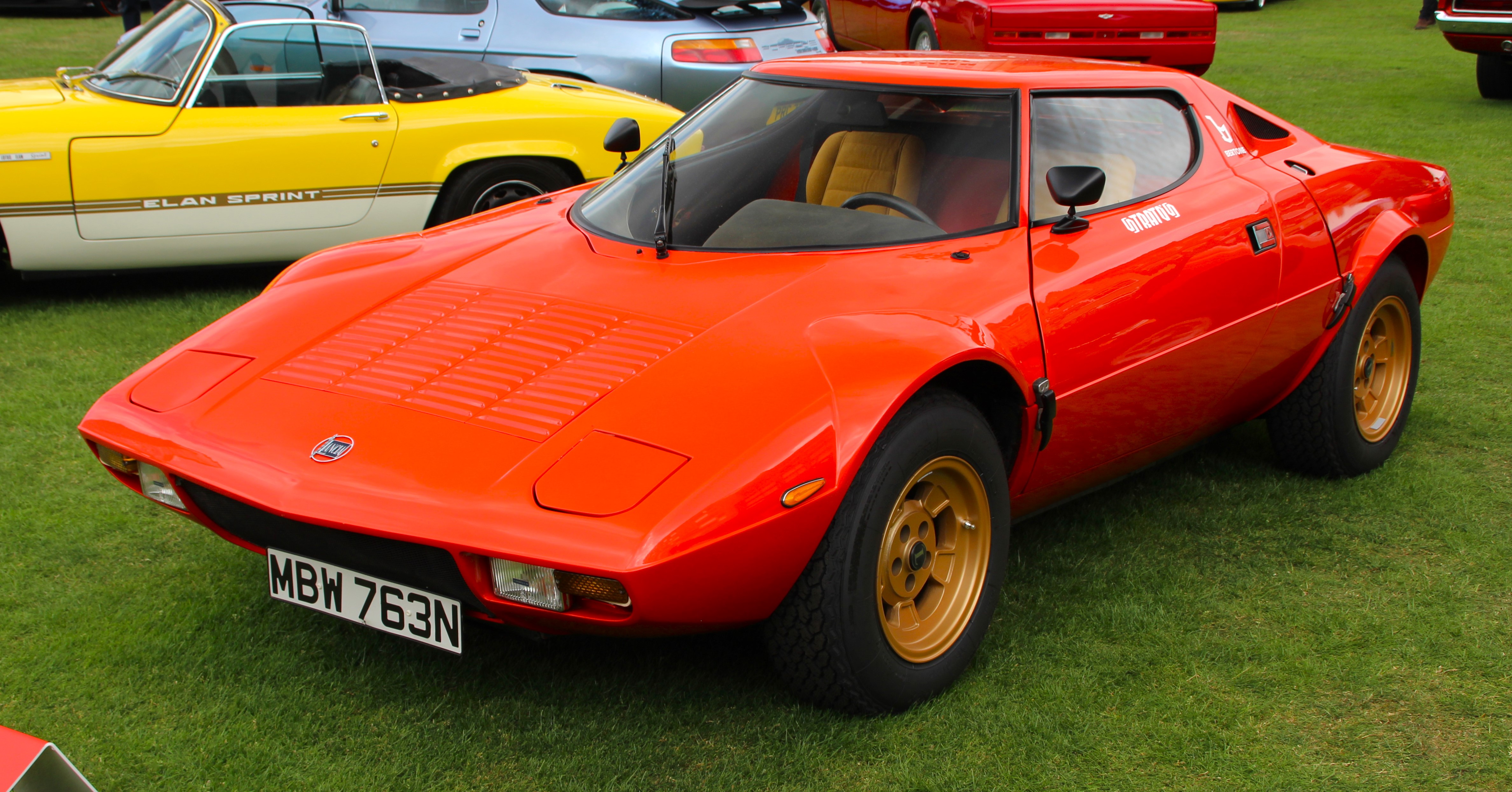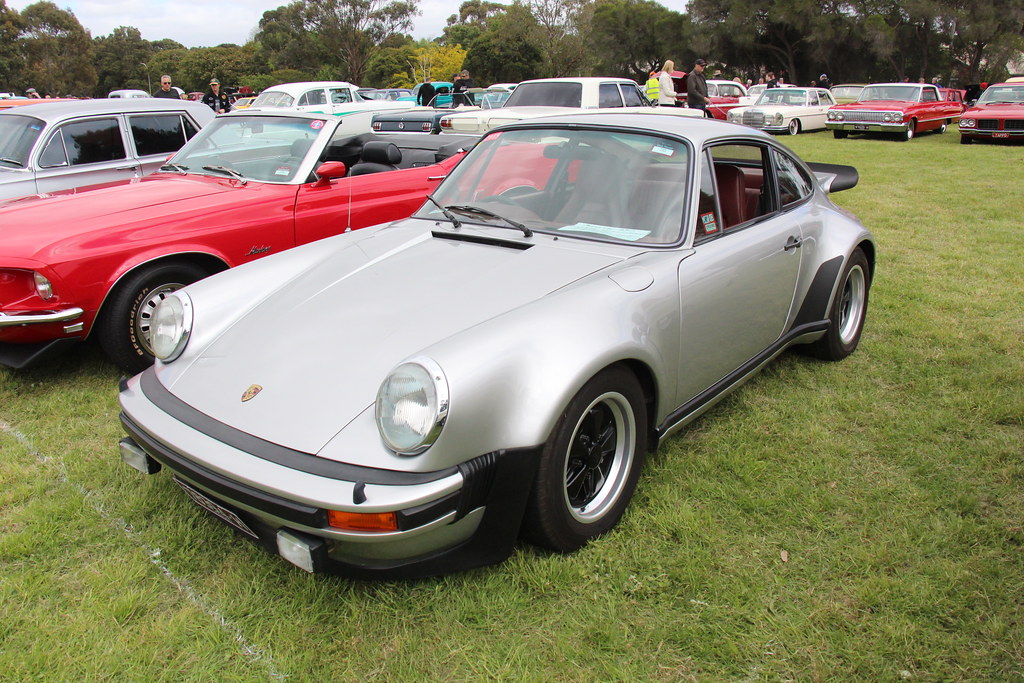
The 1970s, a decade frequently defined by sweeping transformations in the automotive world, surprisingly birthed some of the most iconic and highly sought-after vehicles in history. Despite the era’s challenges, including burgeoning emissions regulations and the specter of fuel crises, this period fostered an environment where audacious design and raw power continued to thrive. For the astute collector and discerning enthusiast, these cars are far more than mere machines; they are tangible segments of history, testaments to automotive artistry, and compelling investments whose values have soared dramatically over time.
This era demanded unprecedented innovation, compelling manufacturers to adapt while persistently pursuing excellence in both performance and aesthetics. From the commanding presence of American muscle cars to the sophisticated allure of European supercars, the ’70s delivered an extraordinary spectrum of automotive masterpieces. These vehicles, each encapsulating a unique spirit of their time, have not simply endured; they have transcended their original contexts to become coveted assets, commanding impressive figures at premier auctions and private sales globally.
We now embark on a carefully curated exploration of these exceptional automobiles. Our selection focuses squarely on models that have truly “skyrocketed in price due to their rarity, good looks, or just how desirable they are to collectors.” These are not merely expensive acquisitions; they embody unparalleled craftsmanship, significant historical weight, and forward-thinking design, offering a profound appreciation for automotive heritage and a sound proposition for the discerning investor.

1. **1970 Plymouth Hemi ’Cuda Convertible: Unmatched American Muscle Rarity**: The 1970 Plymouth Hemi ’Cuda Convertible stands as an enduring emblem of American muscle car drama, a vehicle intrinsically linked with legend and exclusivity. Few cars from this vibrant period capture such intense desirability and historical weight. Plymouth constructed a mere “14 left-hand-drive convertibles equipped with the 426-cubic-inch Hemi V8,” making them “rarer than many European exotics of the era” and instantly elevating their collector status to near mythical levels.
At the very core of this formidable automobile resided the legendary “426-cubic-inch Hemi V8,” a colossal “7.0-liter Hemi V8 engine producing 425 horsepower.” This monumental powerplant ensured the ’Cuda was “one of the most feared cars on the drag strip,” delivering blistering straight-line speed and an aggressive, unmistakable presence. Its commanding design, featuring a prominent hood scoop, was an overt declaration of its asphalt-dominating intentions.
The financial trajectory of the Hemi ’Cuda Convertible is quite simply extraordinary, marking it as a premier investment piece. Originally, “back in 1970, the sticker price was about $3,500.” Today, a prime example “sold at auction for nearly $2 million.” This dramatic appreciation underscores its unparalleled desirability and scarcity. A pristine Hemi ’Cuda “can easily surpass $1 million at auction,” with the most “ultra-rare models fetching even higher sums,” a true testament to its enduring allure.

2. **1972 De Tomaso Pantera: Italian Exotica with American Heart**: The 1972 De Tomaso Pantera represents a captivating amalgamation of automotive cultures: an Italian supercar infused with a powerful American heart. With its “racecar-inspired curves, a boxy body, and pop-up headlights,” it could readily “be confused with a Ferrari from the same era.” Yet, its initial price point offered a significantly more accessible alternative to its Maranello counterparts, with a similar Ferrari from that decade costing more than double the Pantera’s original $10,000 tag.
This elegant fusion boasted “impressive performance that measures up today,” a credit to its ingenious engineering. Nestled beneath its sleek Italian coachwork was a potent “Ford 351 Cleveland V8 engine,” providing a distinctly American driving force. While its challenging driving dynamics were noted, this characteristic only adds to its appeal for purists seeking an authentic, engaging, and demanding machine.
The Pantera brilliantly united the artistic passion and aesthetic mastery of Italian design with the robust, formidable power of American V8 engineering. This distinctive combination offered a compelling entry into the exotic supercar realm of the 1970s without compromising on visual drama or authoritative presence. It stands as a powerful testament to Alejandro de Tomaso’s ambitious vision, blending the best attributes of both worlds. Today, the De Tomaso Pantera commands a revered position among collectors who deeply appreciate its unique heritage and striking aesthetics. Its comparative affordability at its debut, starkly contrasted with its substantial appreciation in value, positions it as a remarkably astute acquisition, a truly singular jewel in the crown of 1970s performance vehicles.

3. **1977 Ferrari 308 GTB: The Accessible Icon with Enduring Appeal**: The 1977 Ferrari 308 GTB rapidly established itself as a definitive benchmark for sports cars, exuding an “iconic modern appearance that puts the 308 GTB ahead of its time.” Its immediately recognizable design cues, including its signature “pop-up headlights and an angular wedge shape,” distinctly separated it from its contemporaries. This model heralded a new chapter for Ferrari, making a purebred driving experience more attainable without sacrificing Maranello’s legendary allure.
In a 1977 review, Car and Driver enthusiastically described the 308 GTB as “an overall rewarding driving experience.” Remarkably, it achieved this while providing “a surprisingly comfortable cockpit that doesn’t hinder the car’s performance,” an exceptional accomplishment for a vehicle of its caliber. The finely tuned chassis dynamics and the perfectly balanced mid-engine configuration ensured that every drive was infused with the visceral excitement synonymous with Ferrari.
The intrinsic scarcity of specific iterations further amplifies the 308 GTB’s considerable collector appeal. A total of “only 12,000 308s were ever made,” with a mere “712 of them having fiberglass bodies,” rendering these early examples especially coveted. Powering this magnificent creation was a “3.0-liter V8 mid-engine that produces 240 hp,” delivering exhilarating performance ideally harmonized with its agile handling and captivating exhaust note. Ultimately, the enduring market value and consistent desirability of the 308 GTB underscore a fundamental truth: “the value lies in it being a Ferrari. That will always cost you, no matter what year.” For discerning collectors, owning a 308 GTB signifies possessing a quintessential piece of Ferrari history, an icon that flawlessly melds beauty, performance, and a legacy that continues to command profound respect.

4. **1975 Lancia Stratos HF: Rally Royalty, Street Legend**: Few automobiles can lay claim to a competition heritage as illustrious and a design as boldly unconventional as the 1975 Lancia Stratos HF. This machine was conceived and engineered for a single purpose: absolute dominance in rally racing, a goal it achieved with spectacular success and an inimitable style. As documented by FCA Heritage, Lancia’s historical resource, the Stratos HF “took over rally racing in the 1970s,” distinguished as “the first car specifically built for the infamous Group B class.” This singular, unwavering focus on rally performance forged an automotive icon unlike any other.
Its extreme functionality directly dictated its form, resulting in a profoundly distinctive aesthetic. The Stratos HF was characterized by its “unique look, including a short wheelbase, a fiberglass body, and an extreme wedge-shaped body.” Every design element, every contour, was meticulously optimized for unparalleled agility and aerodynamic efficiency on the demanding rally stages, creating a silhouette that remains instantly recognizable and utterly captivating. It was not merely a car; it was a pure racing instrument, artfully cloaked in stunning Italian design.
The Stratos HF’s record of triumph is as impressive as its revolutionary design. “What started as a win at the 1974 World Rally Championship resulted in plenty more victories,” firmly cementing its reputation as “a high-performance car with the records to back it up.” Its consistent success on the world’s most arduous rally circuits unequivocally proved its formidable capabilities and Lancia’s engineering brilliance, securing its indelible place in motorsport history. Today, the 1975 Lancia Stratos HF transcends its status as a mere automobile; it is a cherished artifact of rally history and an exceptionally coveted collectible. Its unparalleled racing DNA, combined with its avant-garde styling and limited production, guarantees its unwavering desirability among both seasoned enthusiasts and shrewd investors. For those who deeply appreciate automotive innovation forged by uncompromising performance objectives, the Stratos HF represents the zenith of a golden age in motorsport and design, an undeniably fierce and immensely valuable acquisition.

5. **1973 Porsche 911 Carrera RS: The Apex of Air-Cooled Purity**: No comprehensive discussion of high-value 1970s automobiles would be complete without paying homage to the legendary 1973 Porsche 911 Carrera RS. This machine is far more than a mere car; it represents the zenith of Porsche’s early 911 philosophy, a vehicle honed to a razor’s edge for racing supremacy. As Porsche themselves attest, the 911 was released in 1963 and has remained “a staple in car culture ever since,” with the 1973 Carrera RS marking the definitive “last year of the first generation,” a true high-water mark before new regulations shifted the landscape.
Its very existence was a testament to a singular, unwavering focus on track performance, a design and engineering ethos deeply rooted in competition. The Carrera RS was equipped with a robust “2.7-liter flat-six engine with 210 hp,” a powerplant engineered for visceral thrill and consistent reliability under extreme conditions. This meticulously crafted engine, combined with a race-focused suspension, ensured the car remained “agile during track sessions or spirited canyon drives,” delivering a driving experience of unparalleled engagement and precision that continues to captivate enthusiasts today. Every aspect, from its feather-light chassis to its responsive steering, was optimized for the pure joy of driving, making it a purist’s dream.
Visually, the Carrera RS possessed an athletic elegance, its purposeful form signaling its formidable capabilities. Its “ducktail spoiler and wide rear wheels” were not merely aesthetic flourishes but functional components, meticulously integrated to enhance aerodynamics and grip at speed. These distinctive exterior elements have become iconic, immediately identifying the Carrera RS as a breed apart, a masterclass in form following function. The streamlined profile and aggressive stance hinted at the extraordinary performance lying beneath its finely sculpted skin.
Such a profound commitment to design and performance has elevated it to the status of “one of the most respected and sought-after 911s ever,” a coveted jewel for the most discerning collectors. Beyond its undeniable performance, the Carrera RS offers an investment proposition that few other automobiles can match. With well-preserved examples now commanding “over $550,000,” the 1973 Porsche 911 Carrera RS stands as a testament to engineering purity and an astute investment in automotive legend, a piece of motorsport history that continually appreciates in both value and reverence.

6. **1976 Porsche 911 Turbo 930: The Widowmaker’s Ascendance**: When Porsche decided to introduce forced induction to its iconic 911 platform in late 1975, the automotive world braced for impact. The resulting 1976 Porsche 911 Turbo, internally designated the 930, was an unbridled beast, a technological tour de force that “shook the sports-car world” with its groundbreaking performance and distinctive character. This was a car that didn’t just push boundaries; it redrew them entirely, offering a level of accessible supercar performance previously unimaginable in a production vehicle, solidifying Porsche’s dominance in the high-performance segment.
At the heart of this formidable machine was a turbocharged engine, pumping out “roughly 260 horsepower” and delivering an exhilarating surge of power that quickly earned it the affectionate, if slightly terrifying, moniker of “the Widowmaker.” This potent engine, combined with a “distinctive “whale-tail” spoiler to keep the rear planted” and an “unforgettable spooling whistle under hard acceleration,” created a sensory experience that was both thrilling and deeply addictive. It was a vehicle that demanded respect, rewarding skilled drivers with an unparalleled connection to the road, a true test of driving acumen. The power delivery, characterized by its famous “turbo lag,” was part of its raw, untamed charm.
Initially, the 930 Turbo represented a significant investment, costing “about $26,000 — close to double the price of a naturally aspirated 911” at its launch. This premium price reflected its cutting-edge technology and exclusive performance, positioning it firmly within the luxury sports car market. However, its allure extended far beyond its initial sticker, promising an ownership experience unlike any other, blending daily usability with extreme capabilities.
Today, that investment has appreciated dramatically, with “early 930s regularly fetch six-figure sums, often north of $300,000.” Discerning “drivers praise the combination of raw punch, razor-sharp steering, and air-cooled charm that only a true 1970s Porsche can deliver,” solidifying its status as a blue-chip collectible and a cornerstone of any serious collection. Its blend of historical significance, groundbreaking technology, and a driving experience that remains as captivating today as it was five decades ago, makes the 930 Turbo a truly aspirational acquisition.

7. **1975 BMW 3.0 CSL “Batmobile”: A Homologation Icon Unleashed**: The 1975 BMW 3.0 CSL, affectionately known as the “Batmobile,” is a towering figure in motorsport history and a highly coveted classic. Its very conception was rooted in the fierce demands of competition; “BMW built the 3.0 CSL to win in European touring-car racing,” and its design reflects this uncompromising pursuit of victory. This was a car stripped to its essence, built for speed and agility, and it achieved legendary status on the track, cementing BMW’s reputation for performance and precision engineering during a golden era of touring car racing.
To shed weight and enhance its racing prowess, the CSL featured innovative construction, incorporating “aerodynamic bodywork, aluminum panels, and lightened components.” These engineering marvels contributed to its formidable presence and exceptional handling characteristics, making it a formidable competitor on any circuit. Every detail was meticulously considered to optimize performance, from its suspension geometry to the overall weight distribution, ensuring a dynamic and responsive drive.
However, it was its aggressive aesthetic, characterized by “aggressive fender flares, giant rear wing, and roof-mounted spoiler,” that truly captured the imagination, earning it its evocative “Batmobile” nickname long before superhero movies made that term famous.” This striking appearance, combined with its track-proven capabilities, made it an instant icon that transcended the world of racing. The CSL’s visual drama was an overt declaration of its racing intent, making it a standout even amongst its exotic contemporaries.
The “Batmobile” not only dominated circuits but also “helped establish BMW’s motorsport legacy,” making it an indispensable piece of the marque’s heritage and a tangible link to BMW’s racing triumphs. Originally, buyers paid around “$13,500” for this street-legal racer, a modest sum for a vehicle with such potent capabilities. Today, the investment perspective is compelling, as these cars “go for nearly $300,000 at auction.” Collectors are drawn to the Batmobile not just for its significant monetary value, but for “its blend of race-ready hardware, sculptural design, and the knowledge that it helped establish BMW’s motorsport legacy,” making it a uniquely desirable and visually arresting addition to any serious automotive portfolio, a true piece of automotive art and engineering.
As we conclude our enthralling journey through these magnificent machines, it becomes abundantly clear that the 1970s were an era of extraordinary automotive innovation, defiance, and enduring design. Far from being a mere footnote in history, these vehicles have transcended their original contexts to become highly coveted treasures, each telling a compelling story of engineering prowess, cultural impact, and unadulterated passion. For the discerning collector and enthusiast alike, owning one of these classics is more than just an acquisition; it is an investment in a tangible legacy, a direct connection to a golden age where horsepower and style reigned supreme. These aren’t just cars; they are rolling masterpieces, meticulously preserved symbols of an unforgettable decade that continue to inspire awe and command fortunes on the world’s most prestigious stages. Their values, driven by rarity, heritage, and sheer desirability, are a testament to their timeless allure, ensuring their place as cherished assets for generations to come.



